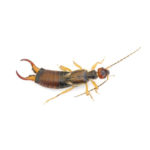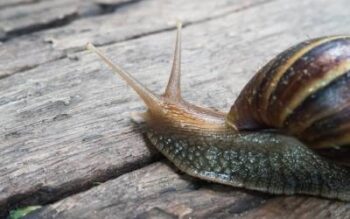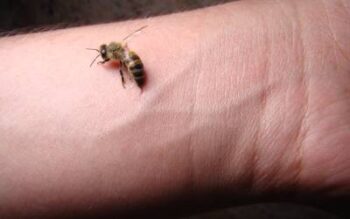
Chinch bugs are a member of the order Hemiptera, which entomologists call the true bugs. Hemiptera is a fascinating order of insects that include predators and pests. The chinch bugs in Florida are pests, though a few species also prey upon other insects. The southern chinch bug is a lawn pest that loves to St. Augustine turf. Chinch bugs are native to Florida, so if you have a lawn you have chinch bugs. If your lawn is healthy, then the population of chinch bugs is being controlled naturally. However, if your lawn is developing brown strips near the sidewalk or driveway, then the chinch bug population may be out of control.
Chinch Bugs And Lawn Damage
How you care for your lawn is important because they have natural predators that keep them under control. Damage caused bythey is easy to identify—chinch bugs damage lawns in an almost predictable pattern. Lawns are a diverse ecosystem. Within the layers of the lawn are other insects and disease that keep chinch bug populations contained. However, if the root zone or lower thatch layer of the lawn should become dry, those predatory insects and diseases that keep the chinch bug population in check decrease, and the chinch bugs breed like crazy.
There is also a threshold level for chinch bugs in the turf. The damaging threshold is about 20-25 chinch bugs per square foot of turf. This is when you will see the most damage.
All hemipterans have a stylet type apparatus that they use as a straw to suck fluids from plants. If the hemipteran is a predator, it stabs that stylet into its prey and begins to suck up the insects juices. Chinch bugs are primarily phytophagous which means they eat plants. When chinch bugs use their stylet to suck the plant juices out of the blades of grass, they inject a toxin in the plant that causes the plants veins to close. This means that the root system is no longer able to provide water to the blade. The blade turns yellow, and then the grass dies. The chinch bug only attacks the blade of the grass when the lawn is dry; otherwise, they live down in the thatch layer of your lawn.
Once the chinch bugs start feeding on the grass blades, the lawn dies very quickly. If you notice a yellowing lawn, you may water it thinking it is dehydrated. This watering allows the chinch bugs to burrow back into the thatch layer. Your lawn, however, is toast—there is no saving it once the chinch bug has injected its toxin into the grass blades. While chinch bugs are native to Florida, their damaging effects can be controlled by regulating water. If however, their population spikes, then you need a professional to help rid your lawn of these plant killing pests.
Another important thing to mention is that since chinch bugs do have toxic saliva it is possible to see more damage after they are controlled. These will be in areas where they had already infested.
Lawn Structure And Soil Dryness
There are areas of your lawn that dry out quicker than others. Those areas near a driveway or sidewalk absorb more heat from those paved surfaces and dry out quicker making them prime areas for chinch bugs. That is why you often see strips of lawn along a sidewalk or driveway turn yellow and then die. That is a classic pattern of chinch bug infestation. They cause a striped effect that expands until the entire lawn is dead. Soil dryness plays a huge role in keeping these pests under control.
Controlling Chinch Bugs
One of the easiest ways to control them is it to make sure that the top layer of soil is kept moist. There is, however, a fine line between moist and saturated when it comes to lawn care. Healthy lawns are an even tone of green, but that also can be tricky to achieve. If the lawn is not installed on an even surface, it can have peaks and valleys. Peaks dry out quickly, and valleys become over saturated during watering. If you can keep the lawn at the right moisture level, the natural predators of the chinch bug will help keep the population in check. That is a natural way to control chinch bug populations.
If you have an infestation of chinch bugs, which are naturally occurring in Florida, then you will need professional help to destroy them. Because chinch bugs kill lawns quickly, it is imperative that the population of bugs be destroyed quickly. If you can do that, then your lawn may recover with regular maintenance. If you cannot control chinch bugs quickly, a new lawn will have to be installed, ideally by laying sod. Either way, the chinch bugs must go, or the lawn will never grow.
If you suspect chinch bugs, then call a professional lawn care specialist who understands lawn pests. A professional will know exactly which pesticide to use to destroy the chinch bugs and hopefully save your lawn.




